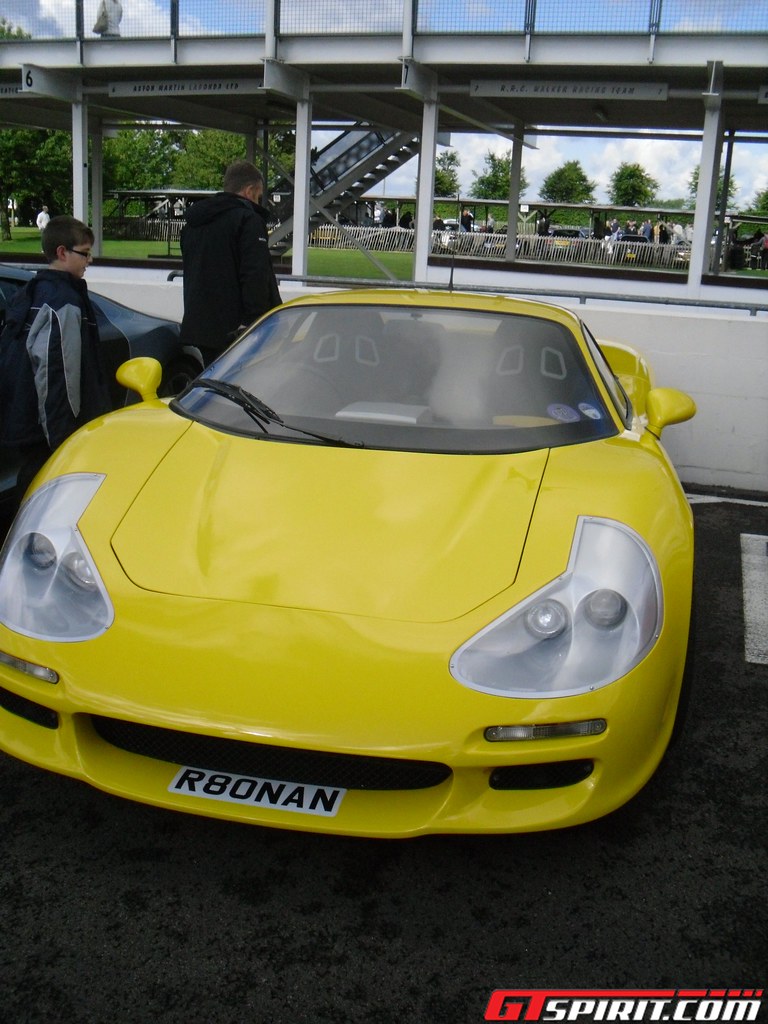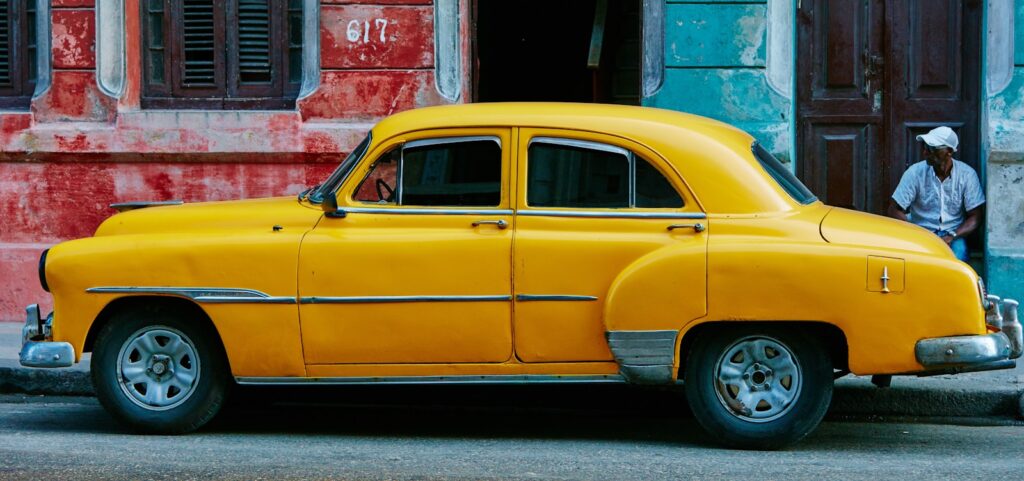
Cars, like fashion, are deeply tied to cultural trends. Some models capture the spirit of their era so well that they turn heads and spark envy, becoming instant icons. But as time passes, not every design ages gracefully. What once seemed bold, stylish, or groundbreaking can now look dated, impractical, or simply embarrassing.
This retrospective looks at 14 vehicles that started with promise but gradually slipped into the category of cringe, serving as reminders of just how quickly tastes and priorities can shift in the automotive world.
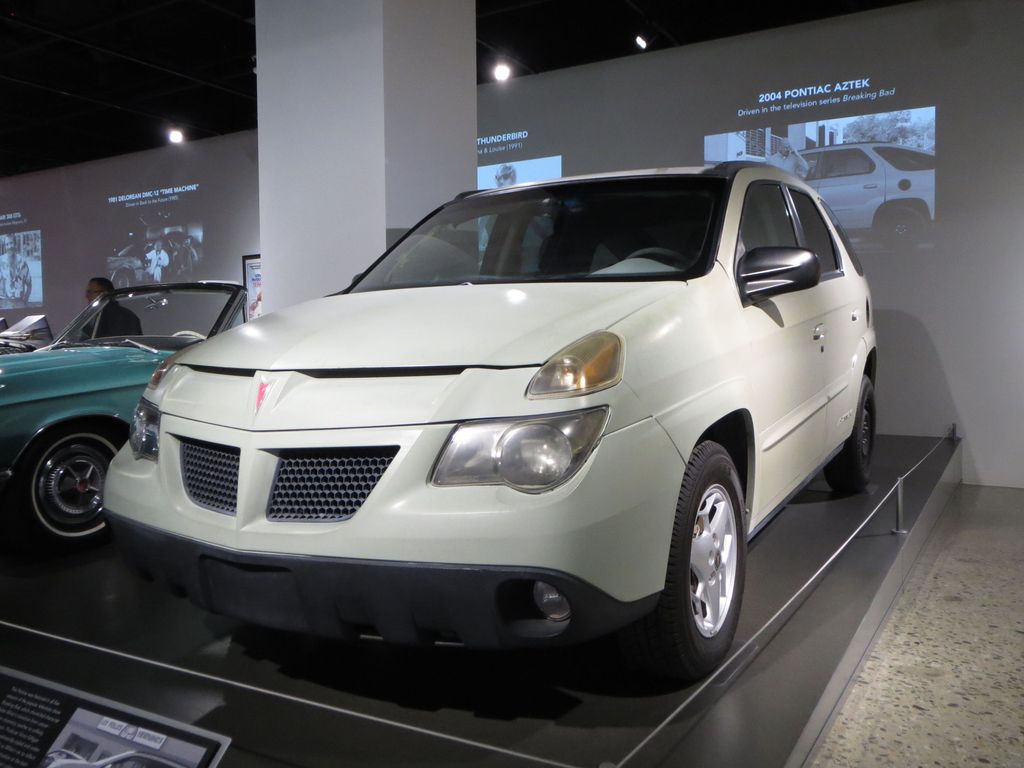
Pontiac Aztek
The Aztek is often remembered as one of General Motors’ most polarizing experiments. Marketed as futuristic and versatile, it featured plastic panels, angular styling, and quirky add-ons like a built-in tent. Despite these innovations, its unconventional exterior drew widespread criticism. Even a cameo in Breaking Bad could not save its reputation, and the Aztek remains an infamous example of design that strayed too far from mainstream appeal.
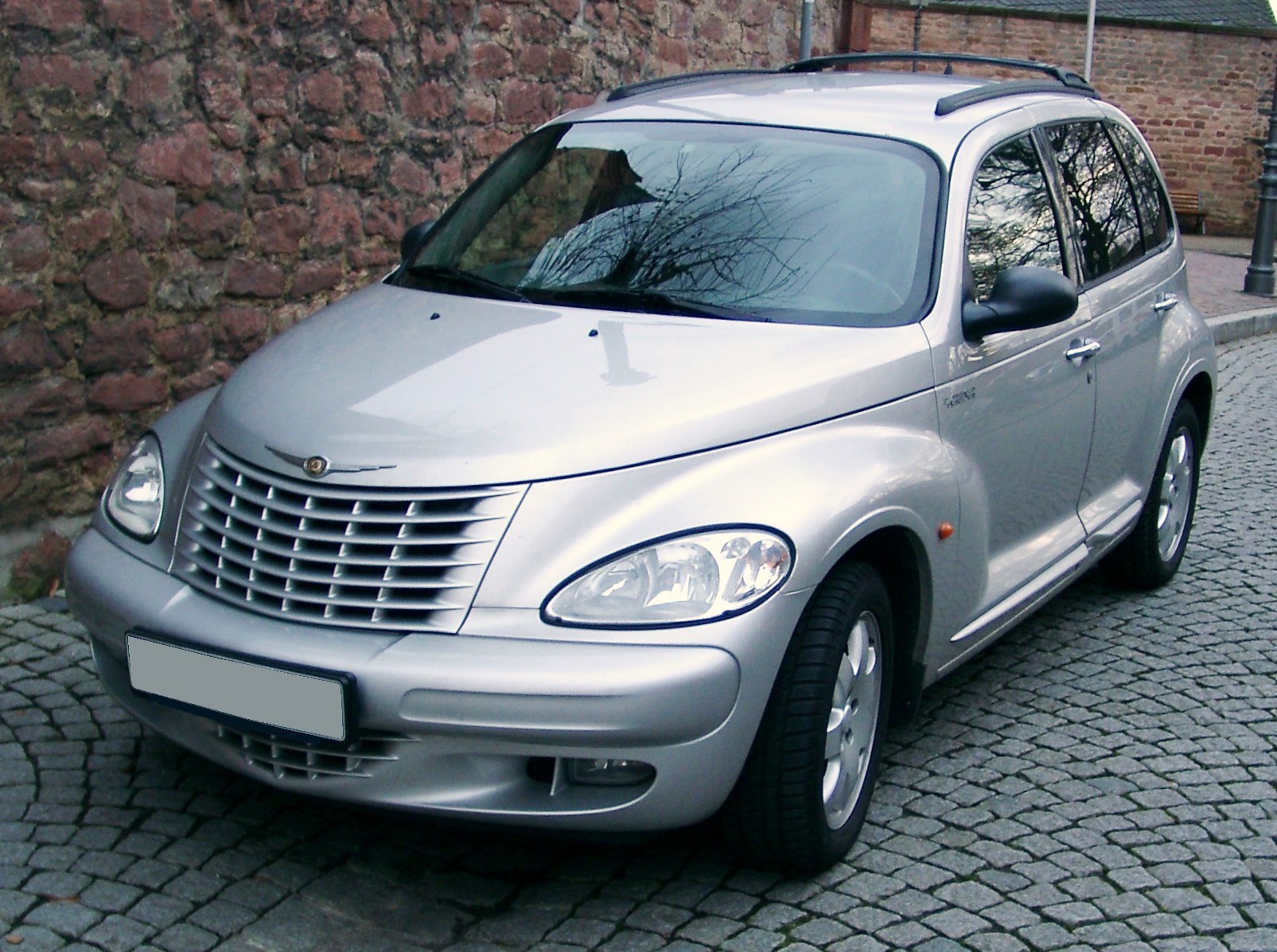
Chrysler PT Cruiser
Chrysler attempted to channel 1930s nostalgia into a compact wagon, and the PT Cruiser initially charmed buyers with its retro styling and surprising cargo space. It was pitched as a fun car for creative personalities. Over time, however, its novelty faded, and owners realized it was essentially a budget economy car in costume. Combined with questionable build quality, its once-endearing look became more of a punchline.
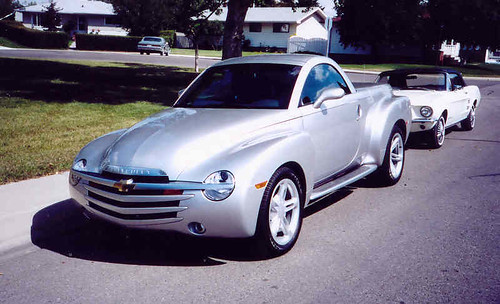
Chevrolet SSR
General Motors introduced the SSR as a hybrid between a pickup truck and a convertible hot rod. The concept sounded exciting, but the execution disappointed. The bed was too small for real utility, the performance fell short of expectations, and the retro styling seemed cartoonish rather than cool. Today, the SSR is often remembered as an expensive novelty that never found a true purpose.
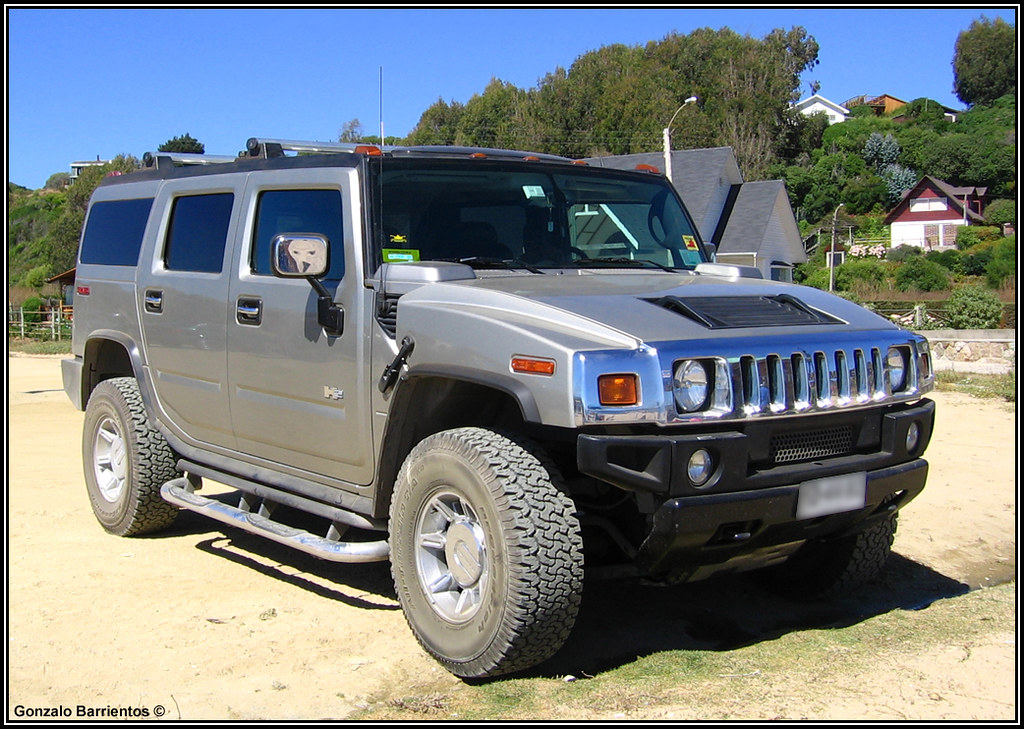
Hummer H2
In the early 2000s, the H2 symbolized power and presence, with drivers perched high above traffic. Its massive size and military-inspired design gave it undeniable road dominance. Yet its single-digit fuel economy and limited practicality have not aged well in an era defined by environmental awareness. What once looked rugged and commanding now feels wasteful and out of touch.
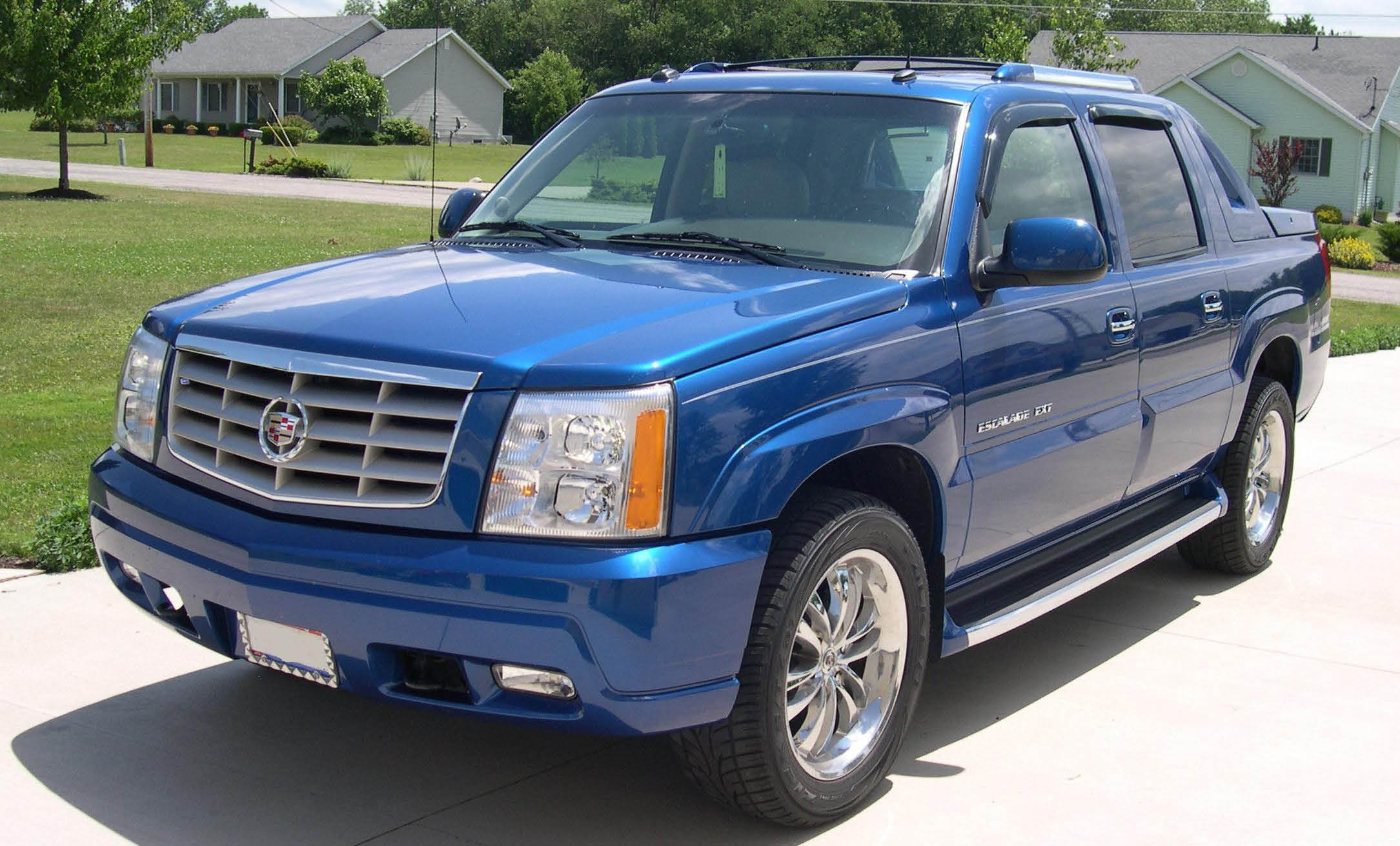
Cadillac Escalade EXT
Cadillac tried to combine luxury SUV features with pickup practicality in the Escalade EXT. Initially a status symbol with chrome accents and undeniable presence, it catered to affluent buyers seeking flash. With time, however, its minimal truck utility and poor fuel efficiency revealed it as more showpiece than workhorse. It now stands as a symbol of excess rather than sophistication.
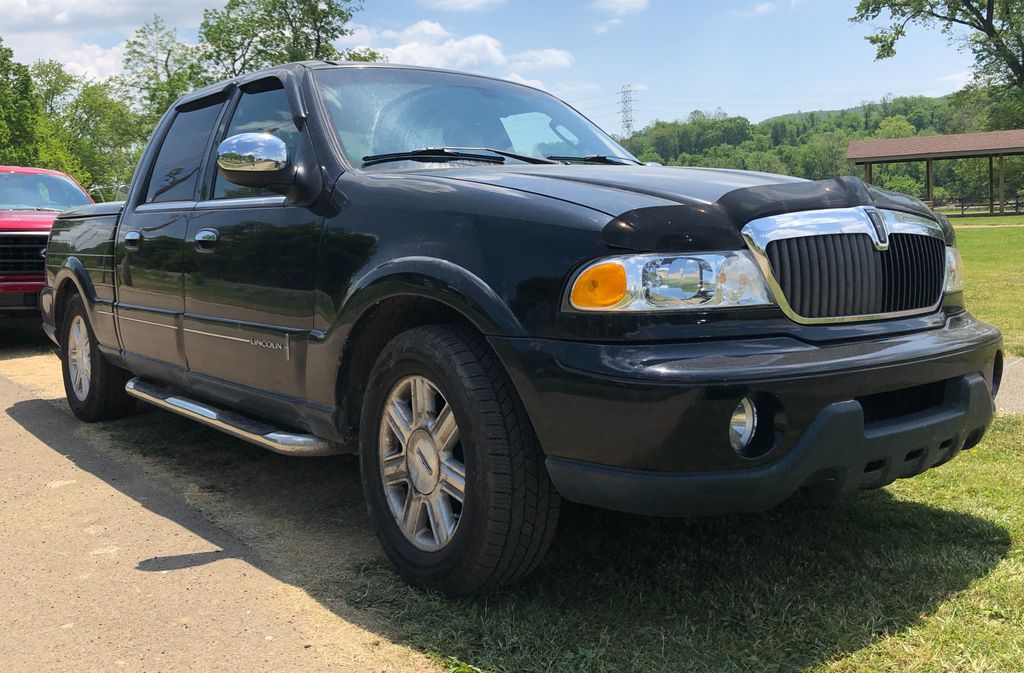
Lincoln Blackwood
Lincoln pursued the luxury pickup niche with the Blackwood, blending Town Car comforts with F-150 underpinnings. A carpeted truck bed and covered cargo space suggested utility for high-end buyers, but the design was impractical for real truck use and unnecessary for luxury car owners. The Blackwood satisfied neither group, leaving it as one of Lincoln’s most puzzling ventures.
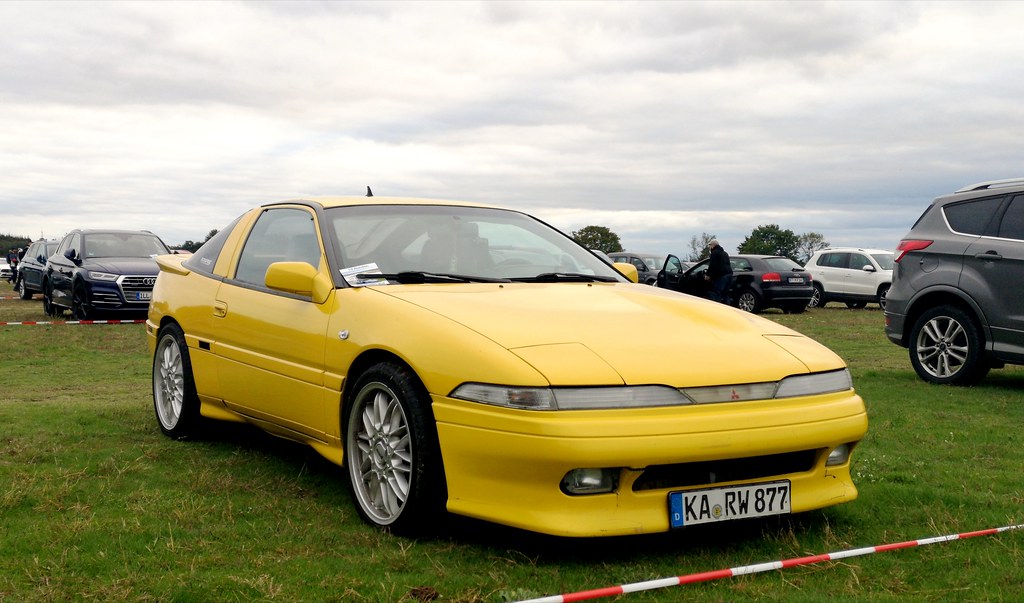
Mitsubishi Eclipse
The early Eclipse earned a reputation as an affordable performance car, boosted by appearances in The Fast and the Furious. Later models, however, shifted toward heavier, slower designs that betrayed the car’s sporty roots. The attempt to rebrand it as a convertible cruiser alienated enthusiasts, leaving the Eclipse name diluted and its legacy tarnished.
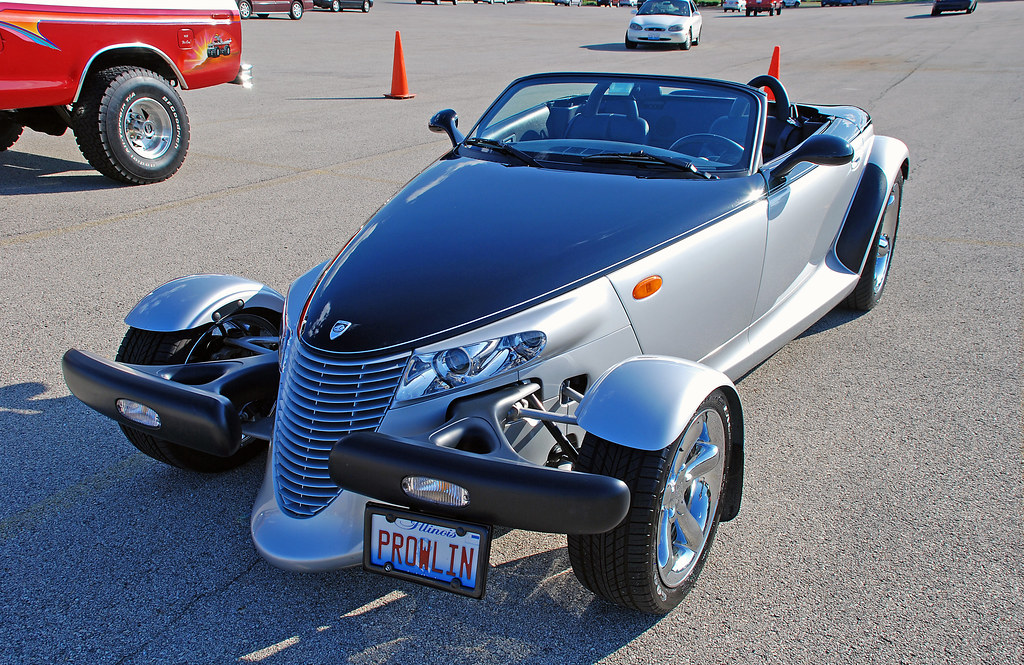
Plymouth Prowler
Few cars looked as daring as the Prowler, with its futuristic hot rod styling and open-wheel design. But beneath the dramatic appearance sat a weak V6 engine and uninspiring automatic transmission. The mismatch between bold looks and lackluster performance made the Prowler a disappointment. Its design, once celebrated, now feels like a desperate grab for attention without substance.
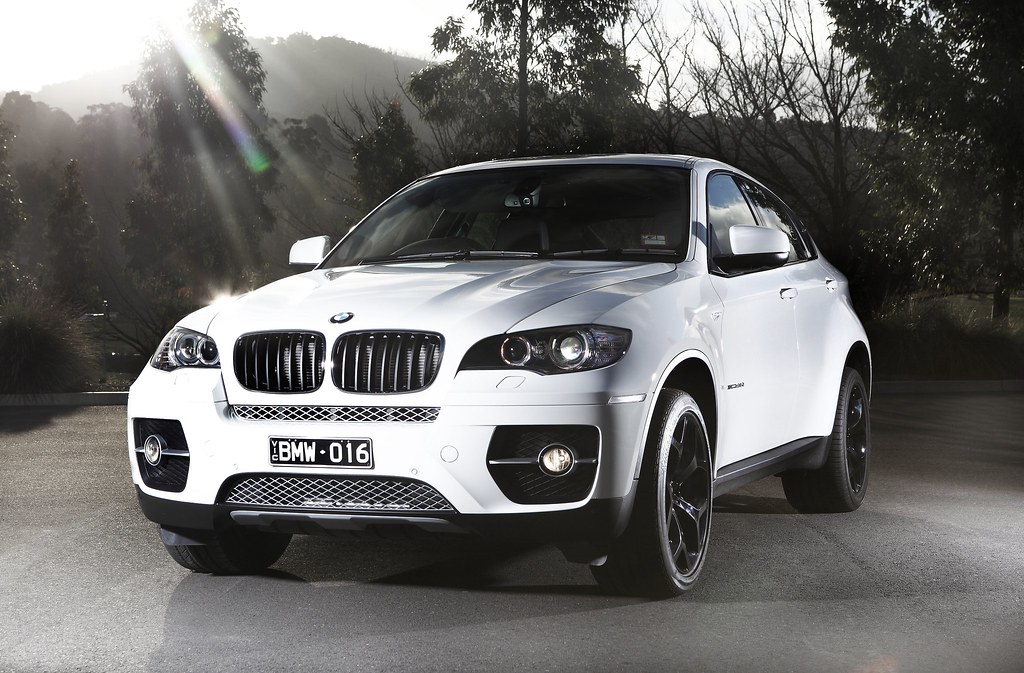
BMW X6
BMW created the “coupe SUV” category with the X6, aiming to combine sports car style with SUV utility. The sloping roofline compromised both rear seating and cargo space, and its heavy frame limited true sporty handling. While marketed as an exclusive lifestyle vehicle, it came across as impractical and unnecessary. The X6 remains a divisive design that highlights the risks of chasing trends.
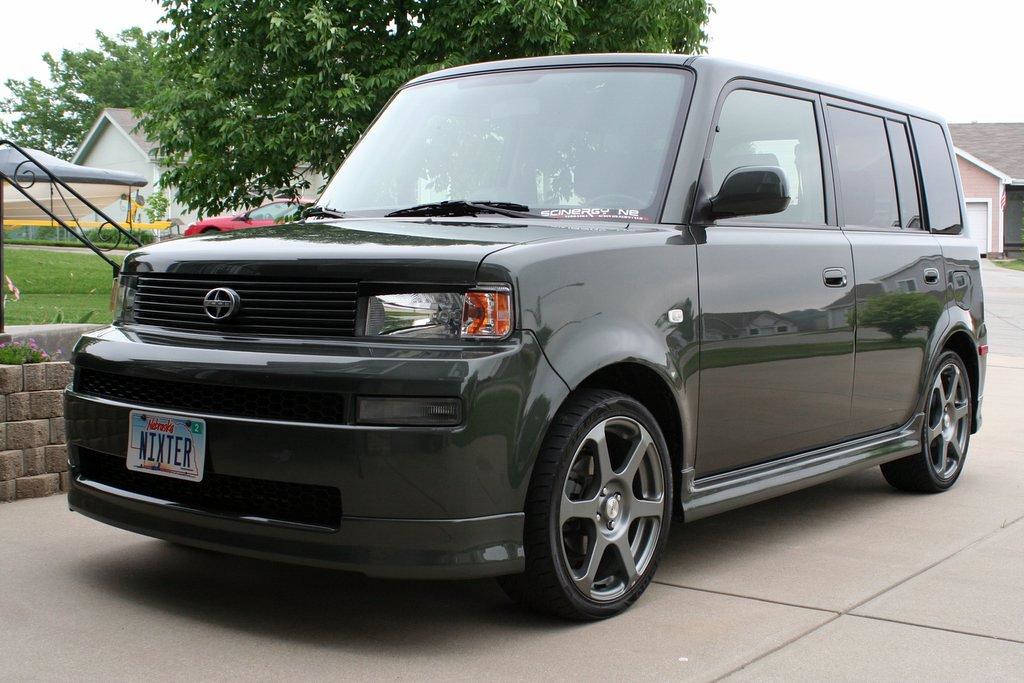
Scion xB
Toyota’s Scion brand targeted young buyers with unusual, boxy cars, and the xB became a symbol of individuality. It was affordable, spacious, and popular among creative communities. Over time, however, its intentionally odd styling grew stale, and critics likened it to driving an appliance. As consumer tastes shifted toward more stylish options, Scion’s identity faded, leading to the brand’s eventual demise.
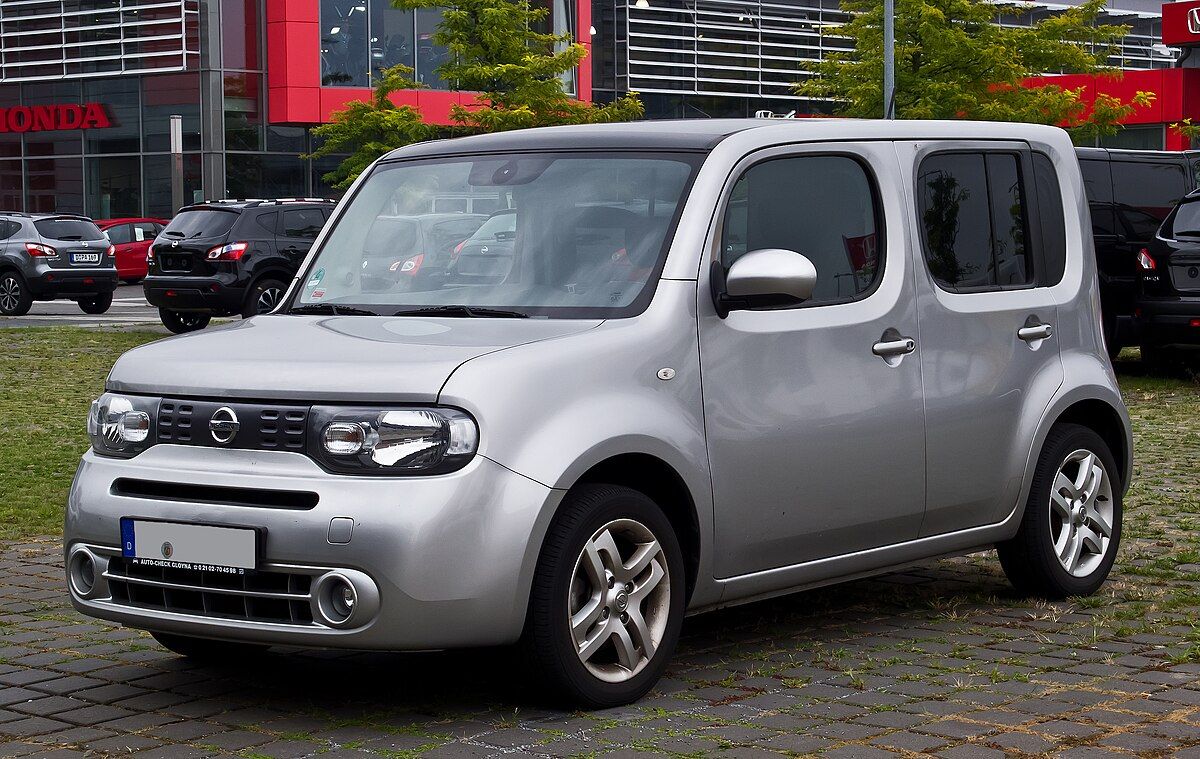
Nissan Cube
The Cube, imported from Japan, offered eccentric design with asymmetrical windows and an unapologetically boxy shape. While marketed as a car for unconventional buyers, most American drivers found it awkward and impractical. Its quirky styling became more of a liability than a selling point, cementing its reputation as a failed experiment in intentional weirdness.

Subaru Baja
Subaru attempted to merge its practical Outback wagon with pickup utility, creating the Baja. In theory, it offered all-wheel drive and a small truck bed for active lifestyles. In practice, the bed was too small to be useful, and the styling appeared clumsy. The Baja failed to win either truck fans or car buyers, leaving it as a reminder that hybrids need more than novelty to succeed.
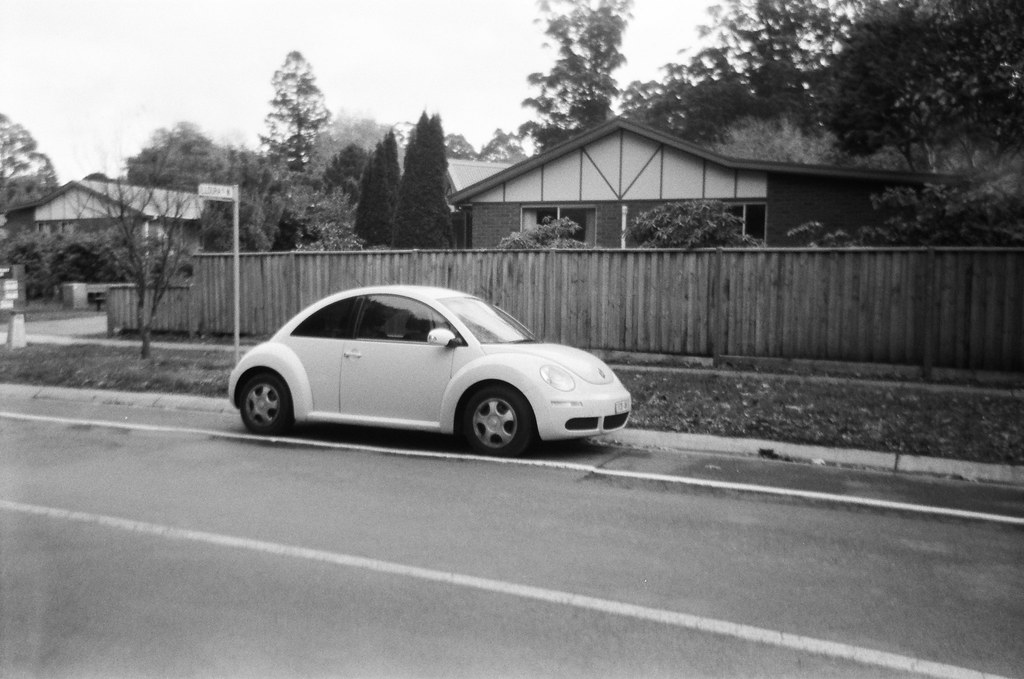
Volkswagen New Beetle
Volkswagen’s attempt to revive the classic Beetle brought charm and nostalgia, complete with a signature flower vase. Initially embraced by younger buyers, it was essentially a Golf underneath its rounded bodywork. As trends shifted, the design began to look overly cutesy and outdated. Its retro appeal could not sustain sales, and it eventually faded from relevance.
These 13 vehicles highlight the fine line between innovation and miscalculation. Some were too bold for their time, others clung to nostalgia without offering substance, and many were impractical in ways that quickly became glaring. While each had moments of popularity, their decline shows how quickly automotive coolness can turn to cringe.
When spotted today, these cars remind us of an important truth: design, practicality, and cultural context must align for lasting success. Trends fade, but thoughtful engineering and timeless styling endure.


